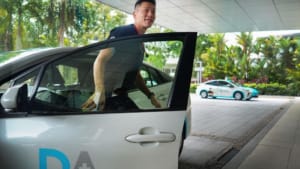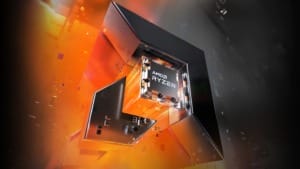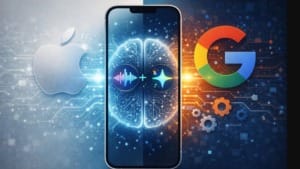Disruptive Technology Series: Smart Home and the future of IoT
Advances in technology and the internet have made it not only faster, but cheaper as well, and in today’s digital world, hyperconnectivity is just a natural course of progress. Like all other...

Advances in technology and the internet have made it not only faster, but cheaper as well, and in today’s digital world, hyperconnectivity is just a natural course of progress. Like all other forms of disruption in this series, the phenomenon just does not seem complete without a tech-savvy buzzword – the Internet of Things (IoT)
Table Of Content
Tersely put, IoT refers to the concept of all things that communicate/connect/share a network. As explained by Caroline Gorski, Head of IoT at Digital Catapult, “It’s about networks, it’s about devices, and it’s about data,”. Perhaps a Hollywood example that cinephiles might agree as one of the best movie references on how IoT can be envisioned in the future would be The Fate of The Furious as it reveals the hyperconnectivity between humans, devices, and between each of the two.
IoT use-cases in crisis response of the COVID19 pandemic
Salient to our current global predicament, technology has facilitated the creation of many social-distancing solutions/measures – take the Google Sodar App, for example. Despite its city-state status, Singapore boasts one of the fastest internet speeds in the world, taking the lead in Business Insider’s list in 2018 with 60.39mb per second. When the pandemic hit, the state’s statutory board overseeing public digital services – GovTech – developed and launched the TraceTogether app in collaboration with other government-bodies in just under two months after the first COVID19 case hit the country’s shores.
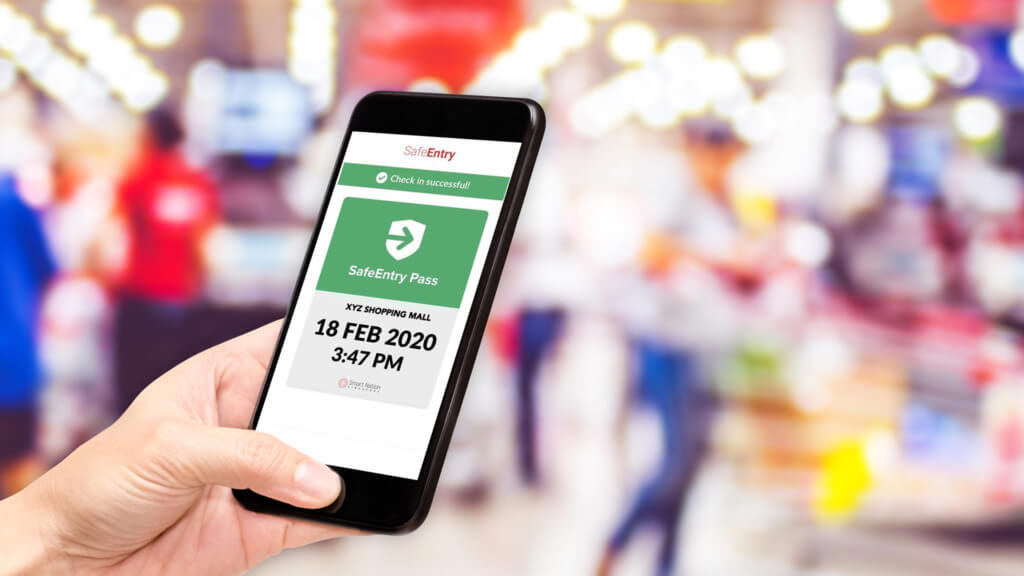
The app is a community-driven contact-tracing initiative that uses Bluetooth technology to store information that can identify users’ phones that have been in close proximity. When a user has been identified to have or be at risk of COVID19, the app (with the proper permissions granted by the user) will be able to assist with contact-tracing individuals whose phones were identified to be in close proximity with the former’s phone.
In an effort to circumvent the negative impact that the pandemic has had on the Singapore economy, another measure exemplifying IoT’s application is the Safe Entry initiative – a national digital check-in/out system that requires individuals who patronize establishments to provide contract-tracing details upon entering and leaving the location. This allows the quick identification and management of possible clusters that may form, given that Singapore is slowly re-opening up its economy.
Despite the sophistication of the TraceTogether app, one of the flaws – and quite possibly its hamartia – is that it does not work as well on Apple iOS compared to Google’s Android. Going back to the drawing board, the government announced that they are considering a wearable Bluetooth token that is to be issued nationwide for contact-tracing purpose.
Given the sensitive and personal details that the app requires (e.g. national identification and mobile numbers) privacy-enthusiasts have raised concerns of how this might be a precursor to a “big brother-like” situation. Perhaps in an attempt to allay the public’s concerns, The Straits Times had published an article to clarify and address these concerns.
The pursuit of smart-homes and why it may be unwise for now
Despite its varying catalysts, industrial revolutions have an underlying commonality – it makes things easier for humans. We have progressed from each revolutionary era from mechanization, mass production, automation, and now we have arrived at innovation. Long gone are the days where a host impresses their guest(s) with clap-activated lights. Smart-home devices can now be voice – or motion – activated and it can activate more than just lights, but also a requested song and many other commands as part of an extensive smart-home system.
Just like how our body works, where our central nervous system controls our movements and other bio-functions/responses, this analogy can be used to explain how future smart-homes would have its own hierarchical workings as well. Essentially, smart-homes would have a master bot which acts as a central brain of the entire system, delegating complex tasks to service bots (e.g. a refrigerator that self-replenishes groceries by triggering orders) and singular, niche tasks to niche bots (e.g. self-starting toaster).
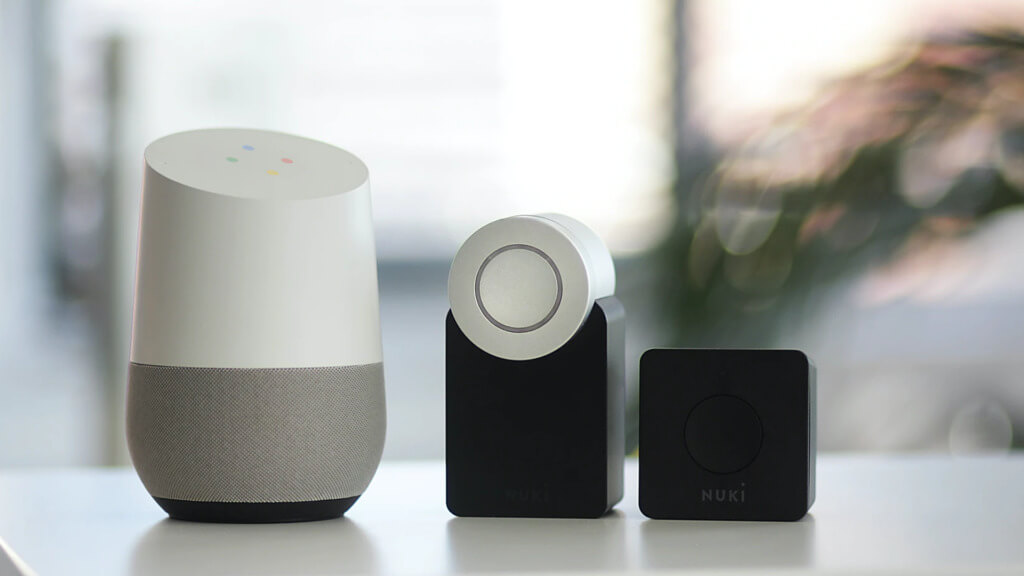
Akin to how mobile apps can be created by various individual developers for major platforms like Apple and Google, the development of the master and service bots would likely be led by the latter whereas niche bots may be created by the former. Smart-homes can bring about greater efficiencies in our lives, and with efficiency comes cost-saving benefits that can be envisioned by the automation of electricity and water usage via pre-set functions. Managing an ageing population can also be safer by sensors which can detect if an elderly has collapsed/passed-out on the floor. Pertinent to the commonality of work-from-home arrangements currently, one can also access their office network via remote-access functions integrated within their homes.
The possibilities are endless and quite compelling to imagine, but as with all things technology, these are tools that can be used for good as easy as it can be manipulated for malice. When we access something from the internet regardless of the device used, we leave a trace called a digital footprint. Similarly, in smart-homes, the hyperconnectivity between devices leaves a trace as well, but this time it is a physical footprint. Cases of security and privacy breaches affecting homeowners are already happening and could be the reason why the smart-home trend has not reached its peak and would likely take some time to do so.
Smart-estates: A test-bed or induction to a smart-nation?
Being one of the countries with the fastest internet speed, Singapore has been considered to be the smartest nation in the world according to the World Economic Forum. As part of the country’s many nationwide efforts to stay ahead and competitive in Industry 4.0, the Smart Nation initiative focuses on integrating smart solutions in built-infrastructure.
Given that 80% of Singapore’s population live in public housing, it is no surprise that one of the Smart Nation projects involves equipping upcoming public housing estates with smart-technology. Just to name a few, these include smart door-locks which allows homeowners to lock/unlock them remotely, voice-activated lighting, and smart energy meters to monitor individual household appliance electricity usage for better management. Beyond the confines of the smart-household, the estate would also be equipped with similar technology such as smart irrigation which involves the monitoring of soil water-retention via the use of sensors so that landscape maintenance and watering schedules can be more efficient.
At present, Gen-X and Boomers (individuals aged 40 to 74 years old) make up Singapore’s main populace – these are the generations that are known to have learning curves for internet and technology usage in general. As the government explores more ways to digitalize the country, initiatives to integrate upcoming housing estates with smart-technology could be an approach to induct Singaporeans to the IoT wave. Not only would this achieve a paced introduction, but it could also allow the city-state to circumvent any shortcomings related to IoT adoption, especially in the security and privacy aspect. Singapore has been an exemplary nation in many areas. With its nationwide efforts to digitalise, it would be an interesting development to follow and anticipate that the country would lead in the adoption of IoT too.













